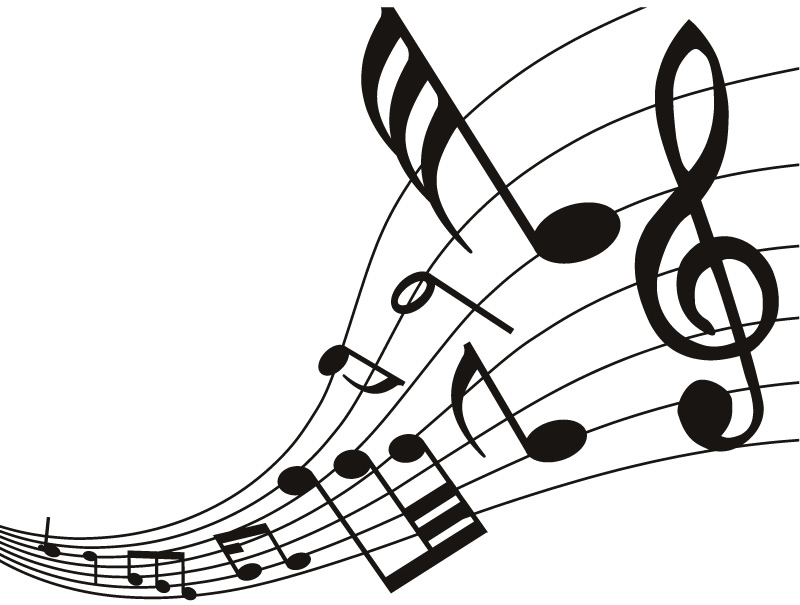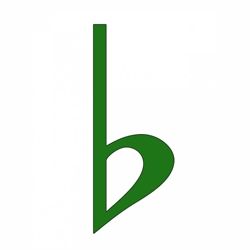

Understanding the difference between flat and sharp notes is essential for reading and writing music. The flat symbol (♭) lowers the pitch of a note by a semitone, while the sharp symbol (#) raises the pitch by a semitone. These notes are used to modify the pitch of a note, and they are represented by symbols placed to the left of the notehead.

The notes that fall in between the musical alphabet can therefore have two names.Flat and sharp notes are fundamental concepts in music theory that every musician must understand. The symbol for a flat note is the b (♭) symbol, which is said and written after the letter (but appears before the note head in music notation). Lowering an alphabet note a half step makes it flat. The symbol for a sharp note is the hashtag (#) symbol, which is said and written after the letter (but appears before the note head in music notation). Raising an alphabet note a half step makes it sharp. The note at the 5th fret of string 1(E) will therefore be an A (seen at the 10 o’clock position). Then, from the open string note on the clock face, move clockwise a number of steps equal to the fret number and you will know the note being played.įor example, if I wanted to identify the note at the 5th fret of string 1(E) I would find the E note (at the 7 o’clock position) and count clockwise 5 steps. Pinpoint the fret number and identify the note name of the string being played. You can use the note clock to identify any note on any string. Conversely, moving counterclockwise makes the notes lower in pitch.Įach step around the clock is a movement up or down a half step (a movement from one fret to the next horizontally). Moving clockwise makes the notes higher in pitch. The note clock shows all the 12 notes that exist in music.


 0 kommentar(er)
0 kommentar(er)
